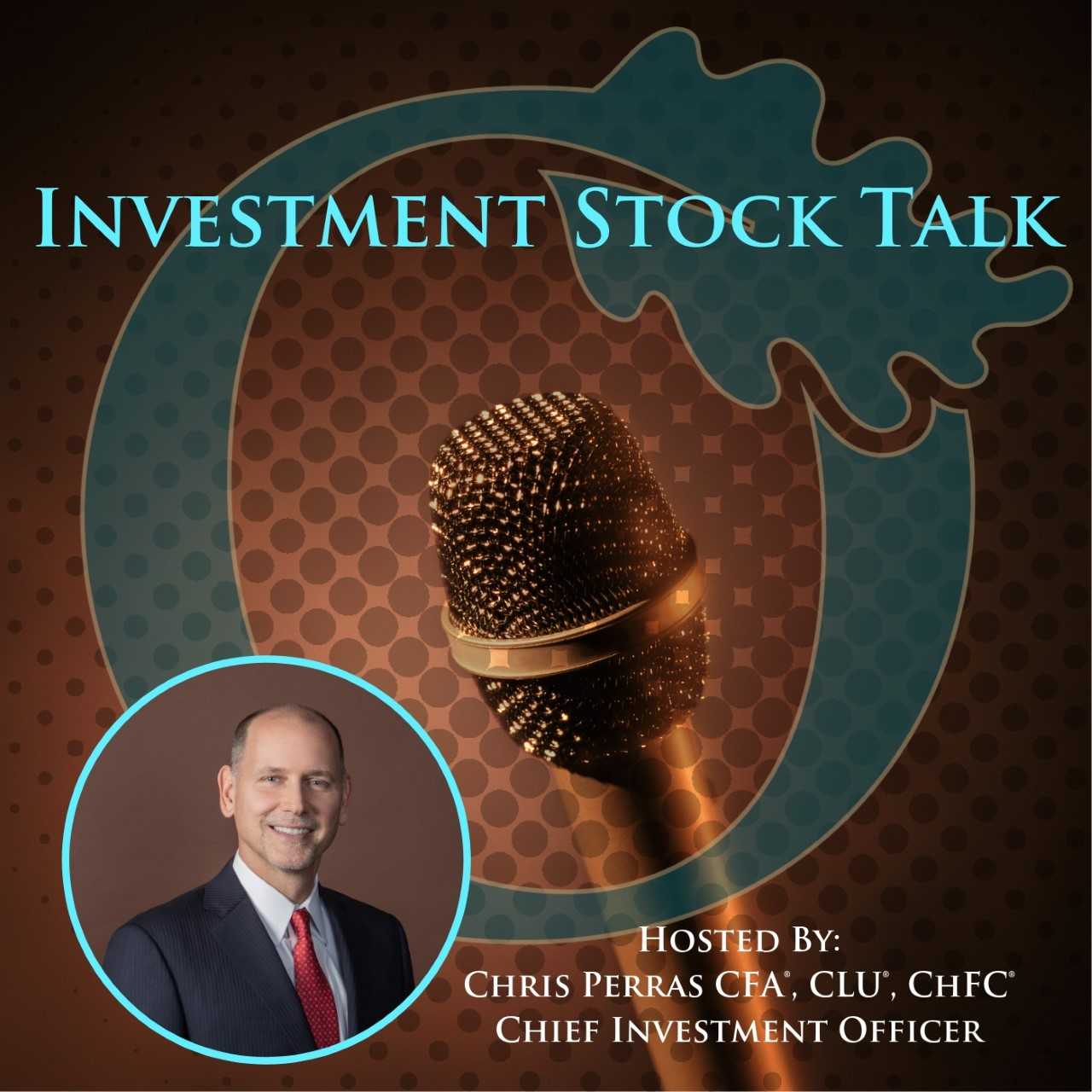Easing is Easing
On the 11/1/2019 edition of Stock Talk, CIO Chris Perras discusses the impact of the end of the fiscal year, the Fed’s recent easing activity and Oak Harvest’s view on the markets.
Chris Perras: Good morning. This is Chris Perras. I’m Chief Investment Officer here at Oak Harvest Financial Group in Houston, Texas, and welcome to the November first edition of our weekly Stock Talk Podcast: Keeping You Connected To Your Money. I’m entitling this podcast, S&P 500 3,200 in the 1st quarter of 2020, Easing is Easing. As of this morning, the S&P 500 sits almost exactly at 3,055. We’re nearing the end of the 3rd quarter earnings reports and it’s been a normal 3rd quarter, as it normally is, nine out of ten years in both the economy and the stock market.
We are out of the dead zone and into the normal stock buyback period of the 4th quarter which brings with it normal upside seasonality in the overall stock markets and the economy. We laid this out the first way back in early January and it continues to play out. We passed the final fiscal year-end for big hedge funds and mutual funds yesterday on October 31st. This is a very big deal that almost no one talks about. Why? First of all, most financial advisors have never managed billions of dollars for a big institution. Most advisors have never seen what this big money does at the very end of their fiscal year-end.
What happens is, is trading 100% for tax purposes. Fundamentals do not matter. It is 100% about tax positioning for their funds. As of today, November 1st, they are no longer focused on trading around tax positions. They are now free to look forward to a new fiscal year and the prospects for their portfolios in 2020. They get back to playing offense.
The Federal Reserve is still in easing mode. They just cut interest rates for the third time this year. Just like raising rates, which slows the economy with a lag, cutting rates stabilizes and helps the economy and stocks with a lag. Why? Cutting rates incense investors to find alternative investments for their cash, and listeners, I’m going to repeat myself for the hundredth time this year, easing is easing.
It doesn’t matter what we call it, an interest rate cut or a QE buying program. It doesn’t matter the exact time, day, week, month. Is it next month? Is it next week? It doesn’t matter exactly how much it is. Is it 25 basis points? Is it 50 basis points? It doesn’t matter and it hasn’t mattered since January 4th. Easing is easing. Regardless of what you hear on TV from the financial talking heads.
It tends to cause the dollar to peak six to nine months after it starts and the dollars start to decline. Remember, a gently declining dollar is one of the essential components for Goldilocks for stocks because it helps the majority of US-based corporations’ earnings, and earnings are what matters, and earning are growth rates matter even more. As the Fed eases about six to nine months later, long-term interest rates miraculously start rising. Why? Because the Federal Reserve controls and sets short-term interest rates. Investors and the economy, the combination of growth and inflation expectations set longer-term interest rates.
As the economy picks up, longer-term interest rates rise slowly and it helps institutions like banks earn more money. It incenses people to invest in small-caps, in international stocks, and to take risks. It is not a bad thing at first. What have we learned in the past two to four weeks? Once again, we’ve learned that no one in the investment world is playing offense. What do we mean by this?
Playing offense in the investment world means buying companies that have a cyclical tilt to them. It means believing that the economy is about to improve or is already in an upturn. It means buying small-cap stocks, emerging market assets, industrial companies, financials like banks and brokerage firms, and yes, technology. It means foregoing additional investments in bonds, utilities, staples, real estate for a while. The things that we’re working on late in 2018 and for the first half of 2019 are not working and have not been working since June.
These offense assets versus the markets started turning up between August 15th and September 3rd and are slowly gaining traction. Not coincidentally, this was the absolute low in Treasury yields. Just as it was in the summer of 2016. Oak Harvest continues to see these rotations that most of the financial press have been poo-pooing as just starting and these are legitimate moves that most investors will be chasing for the next six months to a year.
I repeat, year-to-date, this is very normal in the ongoing ten-year bull market. We continue to see a year-end move in the S&P 500 to new all-time highs that are sustained into year-end and even higher in 2020. If your investment advisor liquidated your holdings in mid-December of 2018 on the way down because he said he saw something bad coming, only then to reverse himself four months later saying, “Hey, things are starting to look good,” after the market was already up 10% higher than when he sold, give us a call.
If your adviser stopped buying stocks for you this summer because he was concerned about the economic signals he was seeing, only to recently say, “The clouds are clearing and we are buying again,” after the markets have rallied 10% in three months, give us a call. We have a better way. The team here at Oak Harvest has managed billions of dollars through multiple economic cycles and we have the experience and tools to help navigate you and your portfolio in a systematic matter that isn’t selling fear and buying greed.
If you find this content helpful, please forward it to friends and have them give us a call at 281-822-1350. Browse our website and content at oakharvestfg.com. Our main job at Harvest is to have you retire only once in your life with a customized retirement planning. Many blessings, this is Chris Perras.
Speaker 2: The preceding content expresses the views of the speaker and is for informational purposes only. It is based on information believed to be reliable when created but any cited data, statistics, and sources are not guaranteed. Content, ideas, and strategies discussed may not be right for your personal situation and should not be considered as personalized investment, tax, or legal advice, or an offer or solicitation to buy or sell securities. Investing involves the risk of loss and past performance does not guarantee future results.

Chris Perras
CFA®, CLU®, ChFC®
Chief Investment Officer, Financial Advisor
Chris is a seasoned investment professional with over 25 years of experience working with some of the most successful money management firms in the world. Chris has made it a point in his career to adapt as the market landscape changes, seeking to utilize the appropriate investment strategy for a given market environment. His transition from managing billions of dollars at the institutional level to helping individuals and families retire is guided by a desire to see first-hand the impact he is making in the lives of clients at Oak Harvest.






